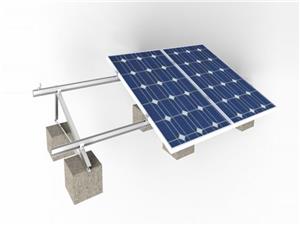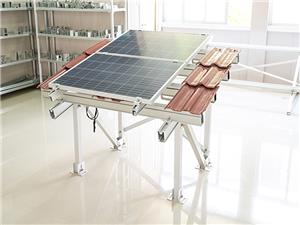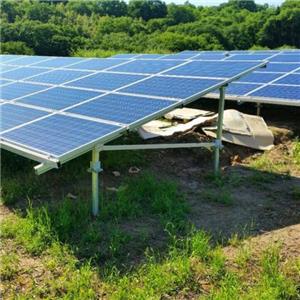How are solar modules installed on the roof?
How are solar modules installed on the roof?
One way to avoid the need to cut or sand the roof tiles is to replace the brackets with ceramic tiles, which can replace the tiles and fix the brackets on the roof under the brackets.
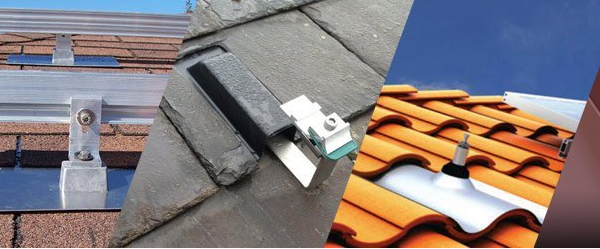
The roof is the best place to install solar panels and the most difficult place to install. Solar panels need a strong, unobstructed place that points to the sun, and the roof is very suitable. You will need to perform any roof repairs before installing solar panels. But getting there to get up can be painful, and installing the panels on the roof means that commercial roofing companies will drill huge bolts in the huge sub. In addition, due to huge differences in roofing materials and construction technology, the solar industry had to invent many different methods to install and install hardware.
Well, they are indeed the case, so whether your roof is covered with slate shingles, asphalt composite shingles or cedar wood, you can find an installation procedure that will use the correct fittings for your roof and make sure to avoid any of the following Situation:
The design of the solar panel makes it easy and durable to install on the rack connected to the roof support. The bracket itself must be drilled into the after sub of the roof, but this is not because the panel itself is heavy. Instead, building codes require protection from "threats."
Basically, compared to panels with excessive air volume and pushed across the roof, the panels are more likely to be blown off by the wind and peel off from the roof. If they are bolted to the sub, they will be connected to the basic structure of the house, so there is no need to worry.
They got into the roof, didn't they?
Worrying that solar installations will penetrate the roof is definitely one of the most concerned issues for people who are serious about installing solar panels, so let us clear the air. Yes, almost every solar installation will attach a huge screw to the giant,
Unless you have a vertical metal roof, the installation system will use bolts similar to this one. In order to prevent water damage, the bolt fixing device will be covered with a moisture-proof material. The moisture-proof material is a special metal or plastic shield that can be slid into the surrounding roof tiles to prevent water from entering. The moisture-proof material will be sealed with asphalt or cushion, and sealed with bolt holes will also be filled with long-life sealant.
As we said above, the installation method differs depending on the roofing material. Here are the unique ideas for each challenge:
Clay or stone tile roofs sometimes require extra labor to remove the tiles, install brackets and waterproof panels, and cut or groove the tiles to prevent them from contacting the mounting hardware
Wooden shaky roofs are easier to cut/drill, but require a waterproofing sheet that extends under the taller tiles of the roof
Asphalt composite shingles are easy to use, as long as the installer can find the
Straight seam metal roof is the simplest, no need to penetrate the roof, because the solar mounting clip can be fixed on the seam
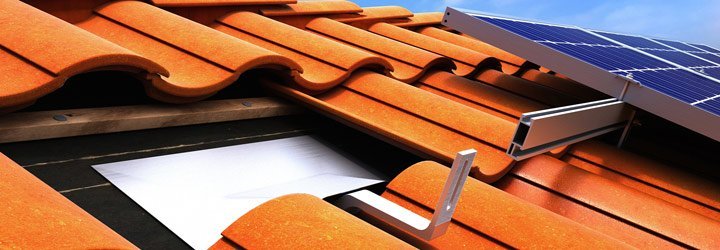
Installing solar panels on most tile roofs works the same way: remove one or three tiles, install and hook the tiles and wipe them, carve the tiles away, and then reposition the tiles (you can see the tile hook is The tide is covered) (pictured above). Concrete, clay and slate are all suitable. The tools used vary by type, but not much.
Spanish tile roofs are the most expensive type to install solar panels. The reason is that the installer has no choice but to walk on it, and it will inevitably damage some tiles. The owner must have extra tiles around, otherwise the installer must be able to find matches in advance to replace them. Some extra time was spent drilling them and treading them carefully.
However, nowadays, solar installers are already very good at using tile roofs. Just make sure to get written notice before they start work to ensure that their insurance or warranty covers any damage to the roof.

